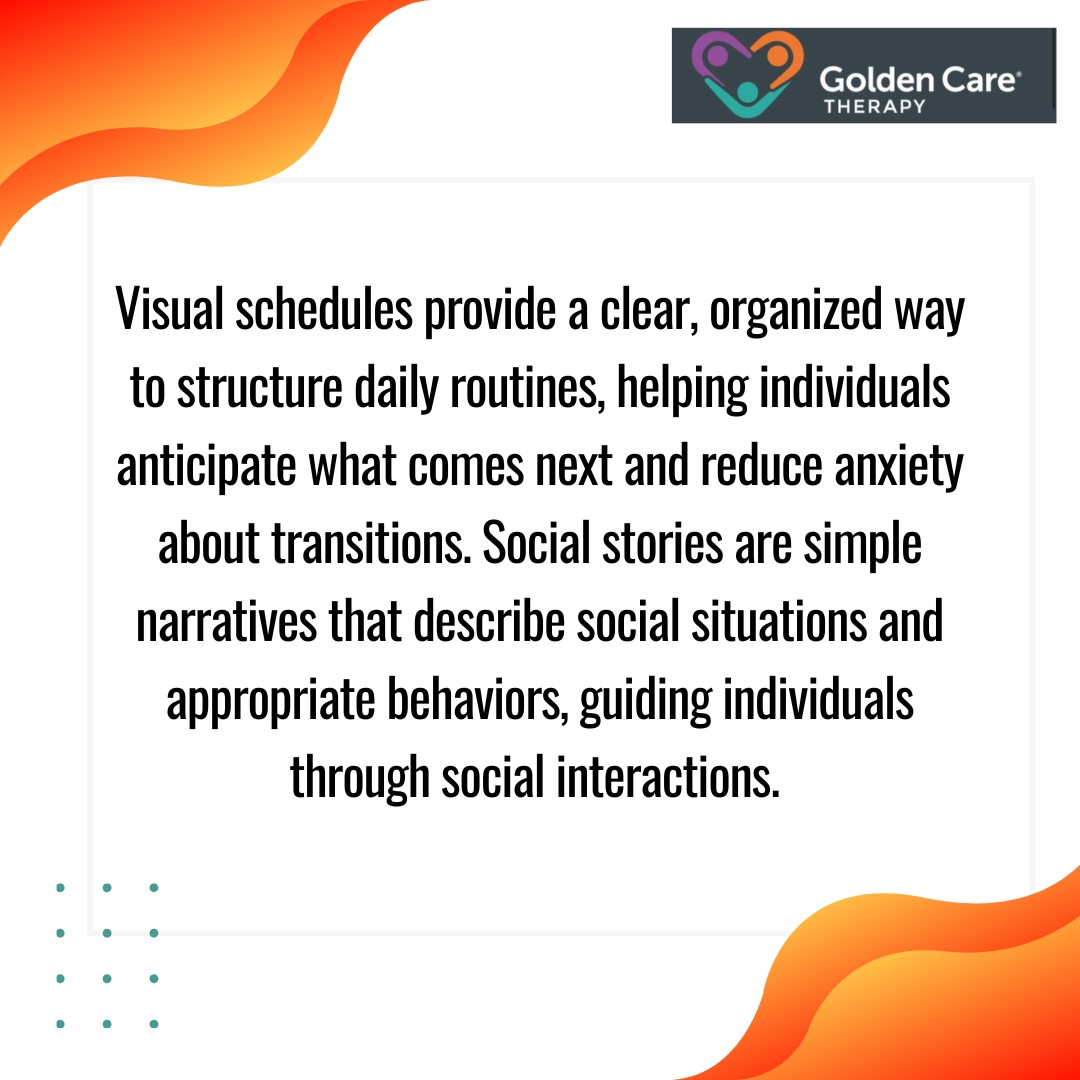Autism affects millions of individuals worldwide, and each person experiences it uniquely. For individuals with autism, daily life can present challenges, including difficulties with communication, social interaction, and sensory processing.
However, there are many tools available today designed to support those with autism, whether they are children, adolescents, or adults. Let’s have a closer look at what these tools are.
Tools for Communication Enhancement
One of the most significant challenges faced by individuals with autism is communication. Many autistic people have difficulty expressing themselves verbally, which can lead to frustration and social isolation. These struggles are often linked to ASD symptoms, making it harder for them to connect with others and navigate social situations.
However, there are several tools designed to enhance communication, making it easier for individuals with autism to express their needs and interact with others. Here are some examples:
Augmentative and Alternative Communication (AAC) Devices
AAC devices are invaluable tools for individuals with autism who struggle with verbal communication. These devices can range from simple picture boards to advanced speech-generating machines.
Picture Exchange Communication Systems (PECS)are commonly used, where individuals can exchange pictures to communicate their needs. High-tech AAC devices, such as tablets with specialized software, can generate spoken words when the user taps or selects icons.
These devices provide individuals with a way to communicate effectively, boosting their independence and reducing frustration.
Speech Therapy Apps
In addition to AAC devices, there are numerous apps designed to aid speech and language development for individuals with autism. These apps can help individuals practice articulation, learn new vocabulary, and improve their social communication skills.
Some popular apps include “Proloquo2Go,” which offers a customizable communication system, and “Speech Blubs,” an app focused on speech sound development. These tools are often used in conjunction with traditional speech therapy and can be effective in improving communication skills.

Sensory Tools and Strategies
Individuals with autism often experience heightened or diminished sensitivity to sensory stimuli, which can make everyday environments overwhelming. Sensory tools can help manage sensory sensitivities, promote comfort, and create a more balanced sensory experience.
These tools can help individuals with autism feel more in control and provide them with strategies to cope with sensory overload. Some examples include:
Fidget Toys and Sensory Objects
Fidget toys, such as stress balls, spinners, and textured objects, are simple yet effective tools that can help individuals with autism focus and reduce anxiety.
These toys provide sensory input in a controlled way, allowing individuals to self-regulate when they feel overwhelmed. By engaging with these items, individuals can calm their nerves and enhance concentration, particularly during challenging tasks or social interactions.
Weighted Blankets and Vests
For individuals with sensory sensitivities, weighted blankets and vests can be incredibly soothing. These items provide deep pressure stimulation, which can help regulate the sensory system and promote relaxation.
Weighted blankets, for example, are commonly used to reduce anxiety and improve sleep.
Weighted vests can also be worn during the day to provide a sense of calm and stability. These tools are often particularly beneficial for children with autism who struggle with sleep issues or sensory overload.
Behavioral Tools and Interventions
Behavioral interventions are a core component of autism treatment, helping individuals with autism improve their skills and manage challenging behaviors. A variety of tools and strategies are available to support behavioral development and foster positive outcomes.
Applied Behavior Analysis (ABA)
ABA therapy is one of the most well-known and widely used approaches for helping individuals with autism. ABA focuses on reinforcing desired behaviors and teaching new skills using positive reinforcement.
ABA therapists often use various tools to assess, track, and improve behaviors. These tools may include data collection sheets, behavior-tracking software, and visual schedules.
ABA is highly individualized and can be tailored to meet the specific needs of the person with autism.
Visual Schedules and Social Stories
Visual supports, such as schedules and social stories, are crucial tools for individuals with autism, especially for those who struggle with understanding abstract concepts.

These visual tools provide clarity, structure, and support, making it easier for individuals with autism to engage with their environment.
Technology for Autistic Support
In today’s world, technology plays an increasingly important role in supporting individuals with autism. From mobile apps to specialized software, technology provides innovative solutions to address a range of challenges faced by people with autism.
These tools not only enhance learning and communication but also provide opportunities for greater independence. Here are some notable examples:
Educational Apps
Educational apps are a great way to help individuals with autism develop academic and life skills. These apps are designed to be engaging, using visual and auditory cues to make learning fun and interactive.
Apps like “Endless Alphabet” and “Tiggly” help children with autism learn essential skills, such as letter recognition, vocabulary, and even math concepts.
These apps can be customized to meet the specific needs of the learner and provide a flexible, self-paced learning environment.
Virtual Reality (VR)
Virtual Reality (VR) technology is emerging as a cutting-edge tool for individuals with autism. VR allows users to engage in immersive, controlled environments where they can practice social interactions, learn new skills, and even explore real-world scenarios.
For instance, VR can simulate social situations, helping individuals with autism practice making eye contact, reading facial expressions, and understanding social cues. These tools offer a safe space for practicing and developing important skills.
Time Management Tools
Time management is another area in which individuals with autism may need additional support.
Tools such as timers, alarms, and visual reminders can help individuals stay on track with tasks and reduce anxiety about time. Apps like “Time Timer” provide visual countdowns, which can help individuals with autism understand the passage of time and anticipate transitions.
These tools are particularly helpful for managing routines, appointments, and other time-sensitive tasks.
Conclusion
The tools available today to support individuals with autism offer significant promise in helping them navigate the world more effectively. From communication aids to sensory tools, evidence-based interventions, and innovative technology, these resources can make a world of difference in enhancing the quality of life and fostering greater independence.
As we continue to develop new strategies and technologies, it’s essential to recognize that every individual with autism is unique, and the tools that work best will vary from person to person.
With the right combination of support, individuals with autism can thrive, unlock their full potential, and experience the world with greater ease. At Golden Care Therapy, we provide high-quality ABA therapy tailored to meet the unique needs of each individual.
We have autism services in New York, New Jersey, Indiana, Georgia, and Florida to ensure families across these states receive compassionate, evidence-based care. Contact us today to learn how we can support your family and help your child reach their goals. Let’s work together to create a brighter future for your loved one.



